The Pioneer Brush Basic Paint Brush 2″ (model number 1009050) is likely a general-purpose paint brush designed for a variety of painting tasks. The “2-inch” specification…
£0.77
Sold by: TK Wholesaler- Product: Pioneer Brush Basic Paint Brush
- Brush size: 2 inches
- Prices are listed per single unit
- Colors and designs may differ from photos
- Sizes provided are approximate measurements
- Availability of stock is not guaranteed
Last updated on April 20, 2025 1:23 pm Details
Compare
Report Abuse
Description
How to Use the Pioneer Brush Basic Paint Brush 2″
Materials Needed
- Pioneer Brush Basic Paint Brush 2″
- Paint of your choice
- Paint container or tray
- Protective covering (newspaper or tarp)
- Painter’s tape (optional)
- Cleaning supplies (soap and water or paint thinner)
Preparation
- Lay down a protective covering on your work area to catch any drips or spills.
- If needed, use painter’s tape to mask off areas you do not want to paint.
- Pour a small amount of paint into a container or tray for easy access.
Using the Paint Brush
- Dip the Pioneer Brush Basic Paint Brush 2″ into the paint, covering about one-third of the bristles.
- Gently tap the brush against the side of the container to remove excess paint.
- Start painting by applying the brush to the surface with smooth, even strokes.
- Use long strokes to minimize brush marks and ensure a uniform finish.
- Reapply paint to the brush as needed, following the same dipping and tapping process.
Post-Painting Care
- After painting, clean the brush immediately to ensure its longevity.
- Rinse the brush in warm soapy water (for water-based paints) or in paint thinner (for oil-based paints).
- Gently squeeze out excess water or solvent and reshape the bristles.
- Allow the brush to dry on a flat surface or hang it bristle-side down.
Tips for Beginners
- Practice on a scrap piece of material to get familiar with brush strokes.
- Work in small sections to maintain a wet edge and avoid overlapping dry paint.
- Always test your paint on a small, inconspicuous area first.

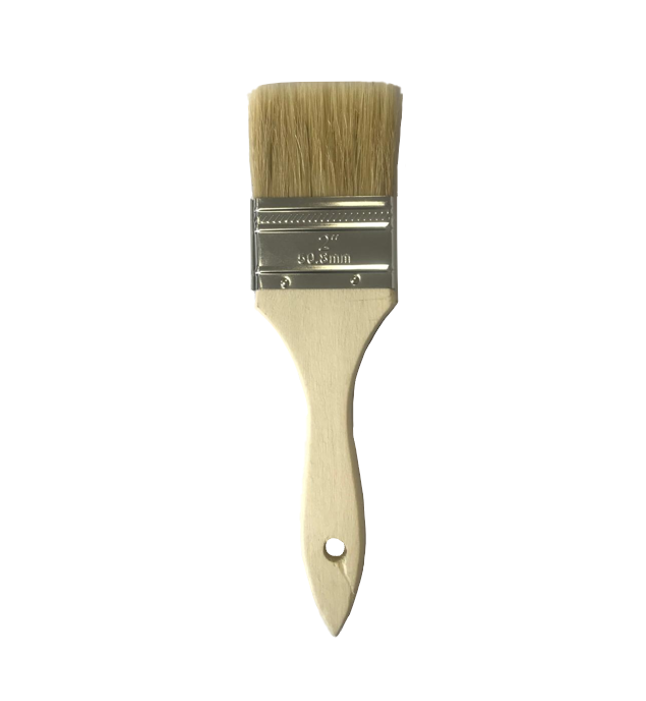
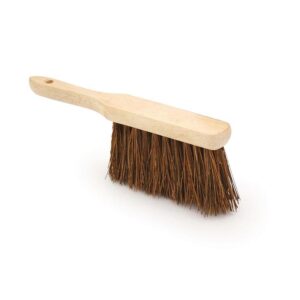

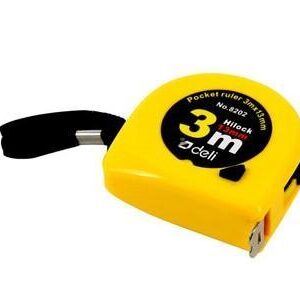
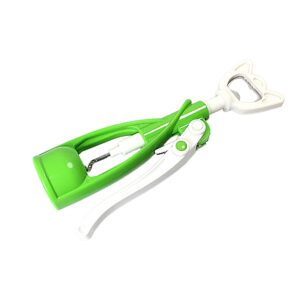
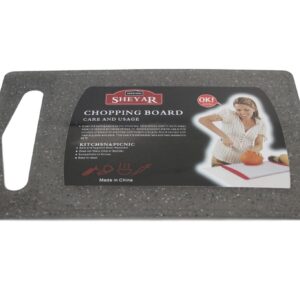



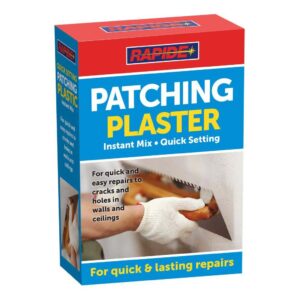



Basim (verified owner) –
I love this wholesaler! The products are of superior quality, and I’ve never had an issue with shipping. Definitely my go-to place for business supplies.
Emily (verified owner) –
I’ve had great experiences with this wholesaler. The products are always fantastic, and the service is very reliable.
Ghaazi (verified owner) –
I’ve been using this wholesaler for some time now. They consistently deliver high-quality products, and their service is always reliable.
Owais (verified owner) –
I couldn’t be more satisfied with this wholesaler. The products are top-notch, and they ship promptly. Great customer support as well!
Kayden (verified owner) –
I always enjoy my experience buying from this wholesaler. Their products are always exactly as described, and I always receive my orders quickly.